HSBC 2010 Annual Report Download - page 266
Download and view the complete annual report
Please find page 266 of the 2010 HSBC annual report below. You can navigate through the pages in the report by either clicking on the pages listed below, or by using the keyword search tool below to find specific information within the annual report.-
 1
1 -
 2
2 -
 3
3 -
 4
4 -
 5
5 -
 6
6 -
 7
7 -
 8
8 -
 9
9 -
 10
10 -
 11
11 -
 12
12 -
 13
13 -
 14
14 -
 15
15 -
 16
16 -
 17
17 -
 18
18 -
 19
19 -
 20
20 -
 21
21 -
 22
22 -
 23
23 -
 24
24 -
 25
25 -
 26
26 -
 27
27 -
 28
28 -
 29
29 -
 30
30 -
 31
31 -
 32
32 -
 33
33 -
 34
34 -
 35
35 -
 36
36 -
 37
37 -
 38
38 -
 39
39 -
 40
40 -
 41
41 -
 42
42 -
 43
43 -
 44
44 -
 45
45 -
 46
46 -
 47
47 -
 48
48 -
 49
49 -
 50
50 -
 51
51 -
 52
52 -
 53
53 -
 54
54 -
 55
55 -
 56
56 -
 57
57 -
 58
58 -
 59
59 -
 60
60 -
 61
61 -
 62
62 -
 63
63 -
 64
64 -
 65
65 -
 66
66 -
 67
67 -
 68
68 -
 69
69 -
 70
70 -
 71
71 -
 72
72 -
 73
73 -
 74
74 -
 75
75 -
 76
76 -
 77
77 -
 78
78 -
 79
79 -
 80
80 -
 81
81 -
 82
82 -
 83
83 -
 84
84 -
 85
85 -
 86
86 -
 87
87 -
 88
88 -
 89
89 -
 90
90 -
 91
91 -
 92
92 -
 93
93 -
 94
94 -
 95
95 -
 96
96 -
 97
97 -
 98
98 -
 99
99 -
 100
100 -
 101
101 -
 102
102 -
 103
103 -
 104
104 -
 105
105 -
 106
106 -
 107
107 -
 108
108 -
 109
109 -
 110
110 -
 111
111 -
 112
112 -
 113
113 -
 114
114 -
 115
115 -
 116
116 -
 117
117 -
 118
118 -
 119
119 -
 120
120 -
 121
121 -
 122
122 -
 123
123 -
 124
124 -
 125
125 -
 126
126 -
 127
127 -
 128
128 -
 129
129 -
 130
130 -
 131
131 -
 132
132 -
 133
133 -
 134
134 -
 135
135 -
 136
136 -
 137
137 -
 138
138 -
 139
139 -
 140
140 -
 141
141 -
 142
142 -
 143
143 -
 144
144 -
 145
145 -
 146
146 -
 147
147 -
 148
148 -
 149
149 -
 150
150 -
 151
151 -
 152
152 -
 153
153 -
 154
154 -
 155
155 -
 156
156 -
 157
157 -
 158
158 -
 159
159 -
 160
160 -
 161
161 -
 162
162 -
 163
163 -
 164
164 -
 165
165 -
 166
166 -
 167
167 -
 168
168 -
 169
169 -
 170
170 -
 171
171 -
 172
172 -
 173
173 -
 174
174 -
 175
175 -
 176
176 -
 177
177 -
 178
178 -
 179
179 -
 180
180 -
 181
181 -
 182
182 -
 183
183 -
 184
184 -
 185
185 -
 186
186 -
 187
187 -
 188
188 -
 189
189 -
 190
190 -
 191
191 -
 192
192 -
 193
193 -
 194
194 -
 195
195 -
 196
196 -
 197
197 -
 198
198 -
 199
199 -
 200
200 -
 201
201 -
 202
202 -
 203
203 -
 204
204 -
 205
205 -
 206
206 -
 207
207 -
 208
208 -
 209
209 -
 210
210 -
 211
211 -
 212
212 -
 213
213 -
 214
214 -
 215
215 -
 216
216 -
 217
217 -
 218
218 -
 219
219 -
 220
220 -
 221
221 -
 222
222 -
 223
223 -
 224
224 -
 225
225 -
 226
226 -
 227
227 -
 228
228 -
 229
229 -
 230
230 -
 231
231 -
 232
232 -
 233
233 -
 234
234 -
 235
235 -
 236
236 -
 237
237 -
 238
238 -
 239
239 -
 240
240 -
 241
241 -
 242
242 -
 243
243 -
 244
244 -
 245
245 -
 246
246 -
 247
247 -
 248
248 -
 249
249 -
 250
250 -
 251
251 -
 252
252 -
 253
253 -
 254
254 -
 255
255 -
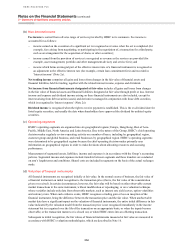 256
256 -
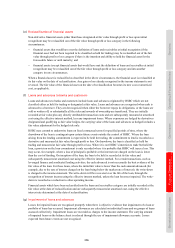 257
257 -
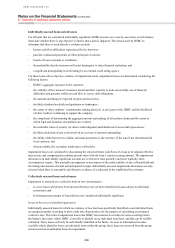 258
258 -
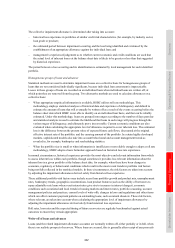 259
259 -
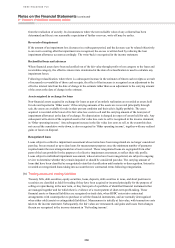 260
260 -
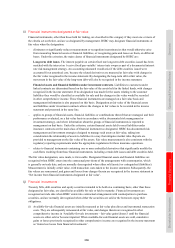 261
261 -
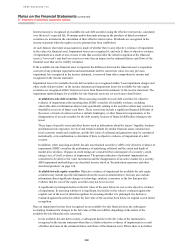 262
262 -
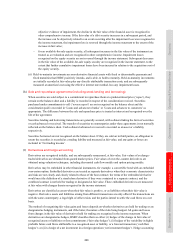 263
263 -
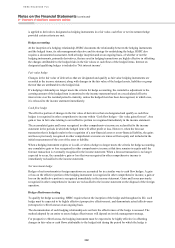 264
264 -
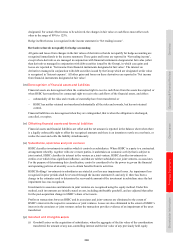 265
265 -
 266
266 -
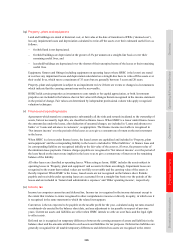 267
267 -
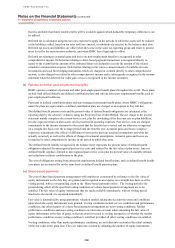 268
268 -
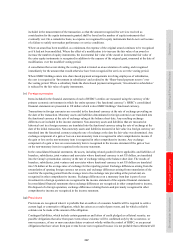 269
269 -
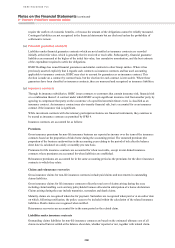 270
270 -
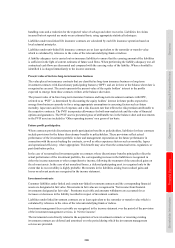 271
271 -
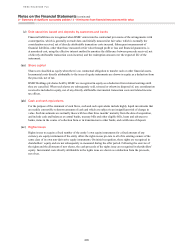 272
272 -
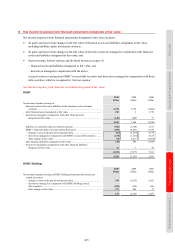 273
273 -
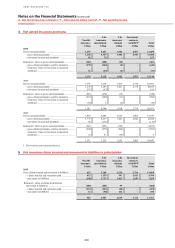 274
274 -
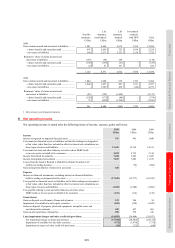 275
275 -
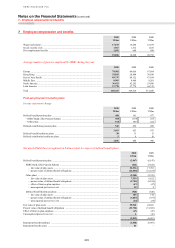 276
276 -
 277
277 -
 278
278 -
 279
279 -
 280
280 -
 281
281 -
 282
282 -
 283
283 -
 284
284 -
 285
285 -
 286
286 -
 287
287 -
 288
288 -
 289
289 -
 290
290 -
 291
291 -
 292
292 -
 293
293 -
 294
294 -
 295
295 -
 296
296 -
 297
297 -
 298
298 -
 299
299 -
 300
300 -
 301
301 -
 302
302 -
 303
303 -
 304
304 -
 305
305 -
 306
306 -
 307
307 -
 308
308 -
 309
309 -
 310
310 -
 311
311 -
 312
312 -
 313
313 -
 314
314 -
 315
315 -
 316
316 -
 317
317 -
 318
318 -
 319
319 -
 320
320 -
 321
321 -
 322
322 -
 323
323 -
 324
324 -
 325
325 -
 326
326 -
 327
327 -
 328
328 -
 329
329 -
 330
330 -
 331
331 -
 332
332 -
 333
333 -
 334
334 -
 335
335 -
 336
336 -
 337
337 -
 338
338 -
 339
339 -
 340
340 -
 341
341 -
 342
342 -
 343
343 -
 344
344 -
 345
345 -
 346
346 -
 347
347 -
 348
348 -
 349
349 -
 350
350 -
 351
351 -
 352
352 -
 353
353 -
 354
354 -
 355
355 -
 356
356 -
 357
357 -
 358
358 -
 359
359 -
 360
360 -
 361
361 -
 362
362 -
 363
363 -
 364
364 -
 365
365 -
 366
366 -
 367
367 -
 368
368 -
 369
369 -
 370
370 -
 371
371 -
 372
372 -
 373
373 -
 374
374 -
 375
375 -
 376
376 -
 377
377 -
 378
378 -
 379
379 -
 380
380 -
 381
381 -
 382
382 -
 383
383 -
 384
384 -
 385
385 -
 386
386 -
 387
387 -
 388
388 -
 389
389 -
 390
390 -
 391
391 -
 392
392 -
 393
393 -
 394
394 -
 395
395 -
 396
396
 |
 |

HSBC HOLDINGS PLC
Notes on the Financial Statements (continued)
2 – Summary of significant accounting policies
264
interest in the acquiree exceed the amounts of the identifiable assets and liabilities acquired. If they do
not exceed the amounts of the identifiable assets and liabilities of an acquired business, the difference is
recognised immediately in the income statement. Goodwill arises on the acquisition of interests in joint
ventures and associates when the cost of investment exceeds HSBC’s share of the net fair value of the
associate’s or joint venture’s identifiable assets and liabilities.
Intangible assets are recognised separately from goodwill when they are separable or arise from contractual
or other legal rights, and their fair value can be measured reliably.
Goodwill is allocated to cash-generating units for the purpose of impairment testing, which is undertaken
at the lowest level at which goodwill is monitored for internal management purposes. Impairment testing
is performed at least annually, and whenever there is an indication that the cash-generating unit may be
impaired, by comparing the recoverable amount from a cash-generating unit with the carrying amount of its
net assets, including attributable goodwill. The recoverable amount of an asset is the higher of its fair value
less cost to sell, and its value in use. Value in use is the present value of the expected future cash flows from
a cash-generating unit. If the recoverable amount is less than the carrying value, an impairment loss is
charged to the income statement. Goodwill is stated at cost less accumulated impairment losses.
Goodwill on acquisitions of interests in joint ventures and associates is included in ‘Interests in associates
and joint ventures’ and is not tested separately for impairment.
At the date of disposal of a business, attributable goodwill is included in HSBC’s share of net assets in the
calculation of the gain or loss on disposal.
(ii) Intangible assets include the present value of in-force long-term insurance business, computer software,
trade names, mortgage servicing rights, customer lists, core deposit relationships, credit card customer
relationships and merchant or other loan relationships. Computer software includes both purchased and
internally generated software. The cost of internally generated software comprises all directly attributable
costs necessary to create, produce and prepare the software to be capable of operating in the manner
intended by management. Costs incurred in the ongoing maintenance of software are expensed immediately
as incurred.
Intangible assets are subject to impairment review if there are events or changes in circumstances that
indicate that the carrying amount may not be recoverable. Where:
– intangible assets have an indefinite useful life, or are not yet ready for use, they are tested for
impairment annually. This impairment test may be performed at any time during the year, provided it is
performed at the same time every year. An intangible asset recognised during the current period is
tested before the end of the current year; and
– intangible assets have a finite useful life, except for the present value of in-force long-term insurance
business, they are stated at cost less amortisation and accumulated impairment losses and are amortised
over their estimated useful lives. Estimated useful life is the lower of legal duration and expected useful
life. The amortisation of mortgage servicing rights is included within ‘Net fee income’.
For the accounting policy governing the present value of in-force long-term insurance business (see
Note 2y).
(iii) Intangible assets with finite useful lives are amortised, generally on a straight-line basis, over their useful
lives as follows:
Trade names ........................................................................................................................... 10 years
Mortgage servicing rights ...................................................................................................... generally between 5 and 12 years
Internally generated software ................................................................................................. between 3 and 5 years
Purchased software ................................................................................................................. between 3 and 5 years
Customer/merchant relationships ........................................................................................... between 3 and 10 years
Other ....................................................................................................................................... generally 10 years
